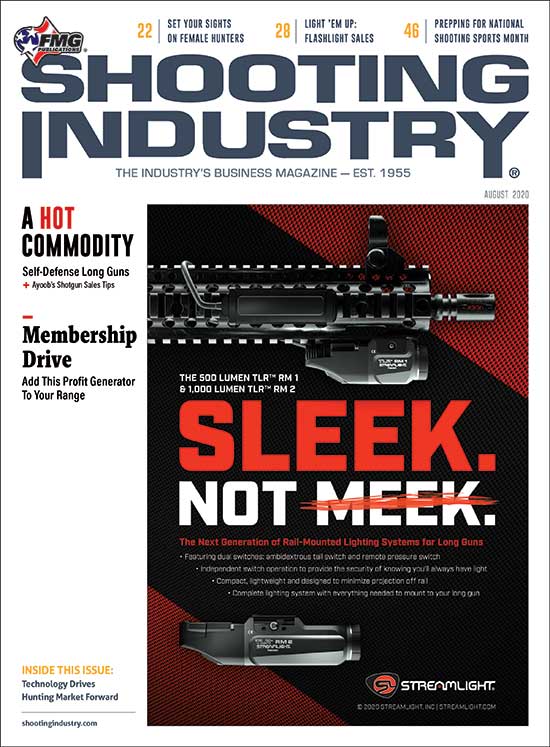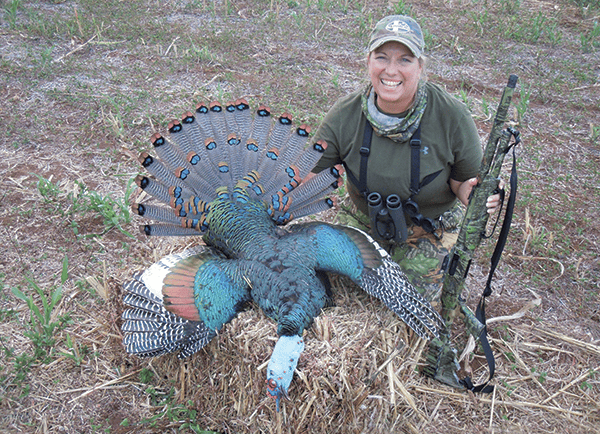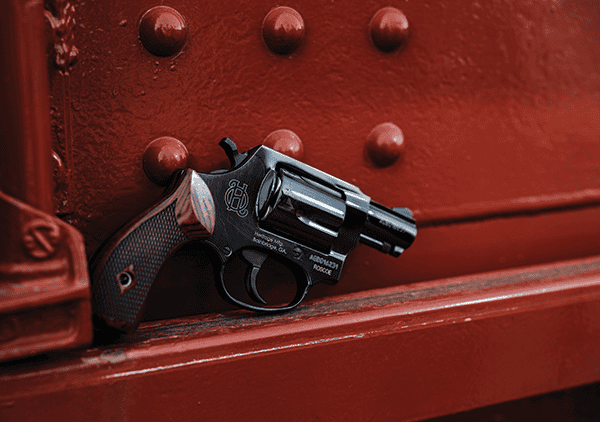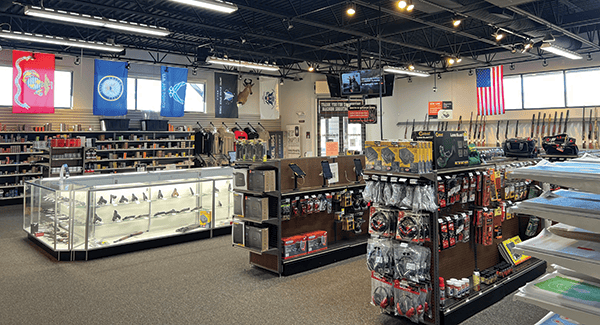What Female Hunters Say
For further insights, we talked to a few of the country’s most prominent female hunters to find out, in their opinion, what independent dealers are doing well and how they could refine their efforts to better meet the needs of the female hunter.
Do independent firearms dealers do a good job of catering to female hunters? Why or why not?
Mia Anstine: I think it depends on the shop. I’ve been to some that do a great job and others that completely miss the mark. I understand smaller stores don’t always have the ability to stock the inventory needed for female hunters, but many simply don’t acknowledge the differences between the needs of a male and a female hunter.
Melissa Bachman: This is a work in progress: I think there’s always room for improvement, but they’re getting better and better. My number-one suggestion is to ask a lot of questions and then give them the information they need so they can make an informed decision.
Erin Crooks: In my personal experience, I think there’s a lot of room for improvement. When you walk into a gun dealership or sporting goods store as a female it’s already intimidating, but then you’re challenged with the lack of selection in every department from firearms to archery equipment — and especially hunting apparel. Female hunters are often underestimated and underrepresented, but I’ve noticed some of the big-box stores have improved in the past few years by hosting women-only and parent/child workshops.
In your experience, what is something these types of stores do well compared to their big-box competitors?
Mia Anstine: I’ve found the sales staff is generally more knowledgeable compared to big-box stores, which I think can largely be attributed to working more closely with one another — where they can learn from each other and there’s less turnover. Plus, you often find the owner working in the store.
Erin Crooks: I appreciate independently owned stores are typically way more intimate and customer-centric. It’s nice to shop somewhere where people remember your name.
What do you think they could improve on the most in order to better serve female hunters like yourself?
Mia Anstine: Listen. They have the knowledge and they think they know what we need, but they don’t always listen. Ask women questions about their experience level instead of making assumptions.
Melissa Bachman: Most people, in general, would prefer all the facts so they can make their own opinion. I think it’s important for the sales associate to ask a lot of questions. What’s your budget? What’s the most important thing you’re looking for in this product as far as performance? I prefer if the positives and negatives are laid out so I can make my own decision.
Erin Crooks: Hands down, more women-specific rifles. Not just youth rifles being marketed to women based on assumptions about our size and strength. I also think these retailers are in a unique position to advocate on behalf of female hunters to manufacturers when it comes to what gear we need.
Mia Anstine is a writer and hunter from southwest Colorado. Her mission is to encourage others to get outside, hunt, fish, eat, survive, create and live life in a positive way. This passion propelled her to become the first American woman, and of Latin descent, to be featured on the cover of Field & Stream magazine (Aug. 2016). Instagram: @miaanstine.
Melissa Bachman Bearshield spends over 190 days in the field a year shooting and producing the television show “Winchester Deadly Passion,” which airs Sundays at 11:30 a.m. ET on the Sportsman Channel. Instagram: @melissa_bachman.
Erin Crooks is the founder and CEO of Raise ’Em Outdoors, a Virginia-based non-profit whose mission is to help kids from any background get outdoors, learn about hunting and fishing, bringing food to the table, and the outdoors as a lifestyle through weekend camps, day camps and youth hunts. Erin also works in the accounts receivable department at Freedom Shooting Center in Virginia Beach. Instagram: @raiseemoutdoors.
Footnotes:
1: https://www.fws.gov/wsfrprograms/subpages/licenseinfo/hunting.htm
2: https://www.fws.gov/wsfrprograms/subpages/nationalsurvey/nat_survey2016.pdf
3: https://business.realtree.com/business-blog/impact-hunting-us-economy






